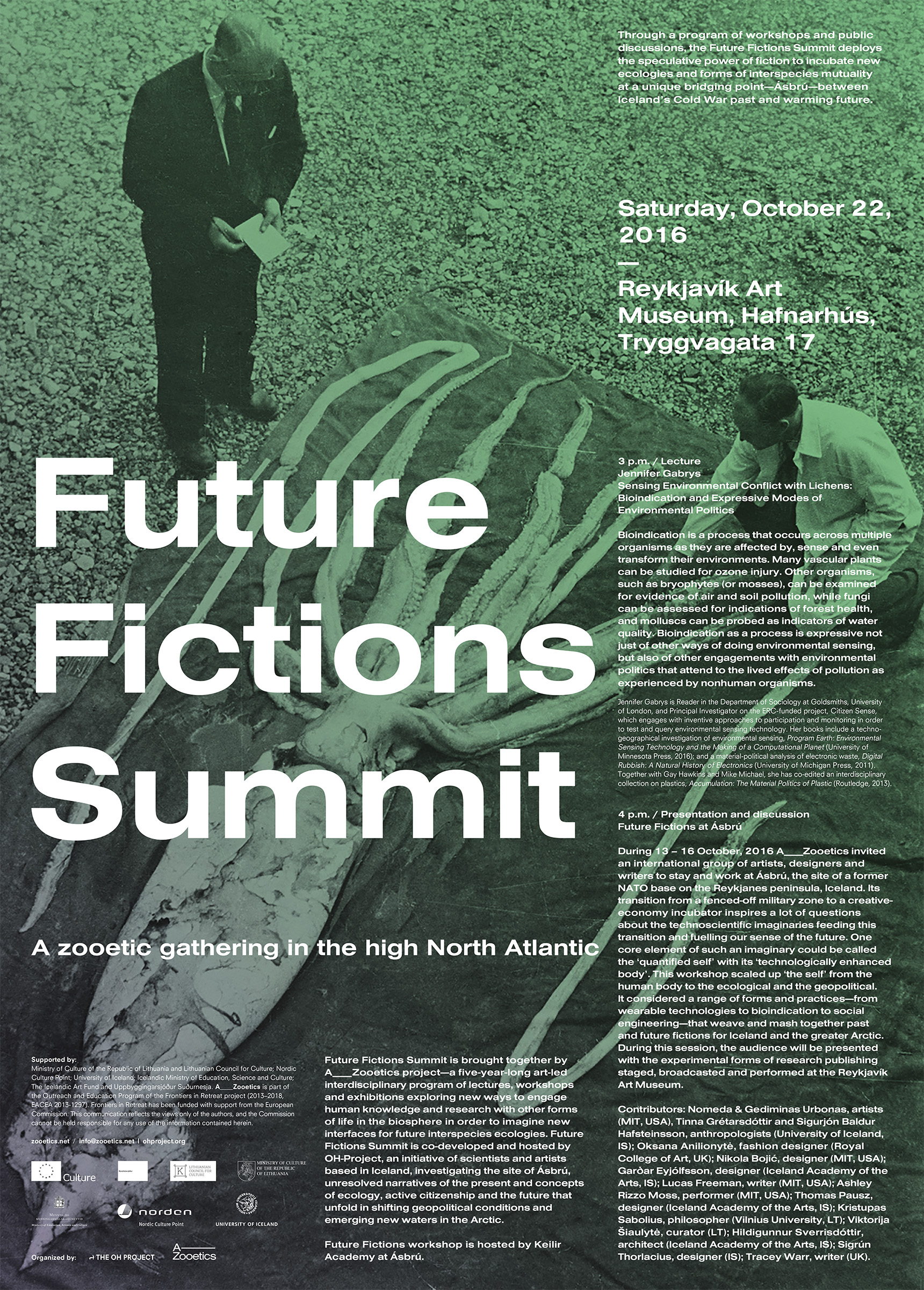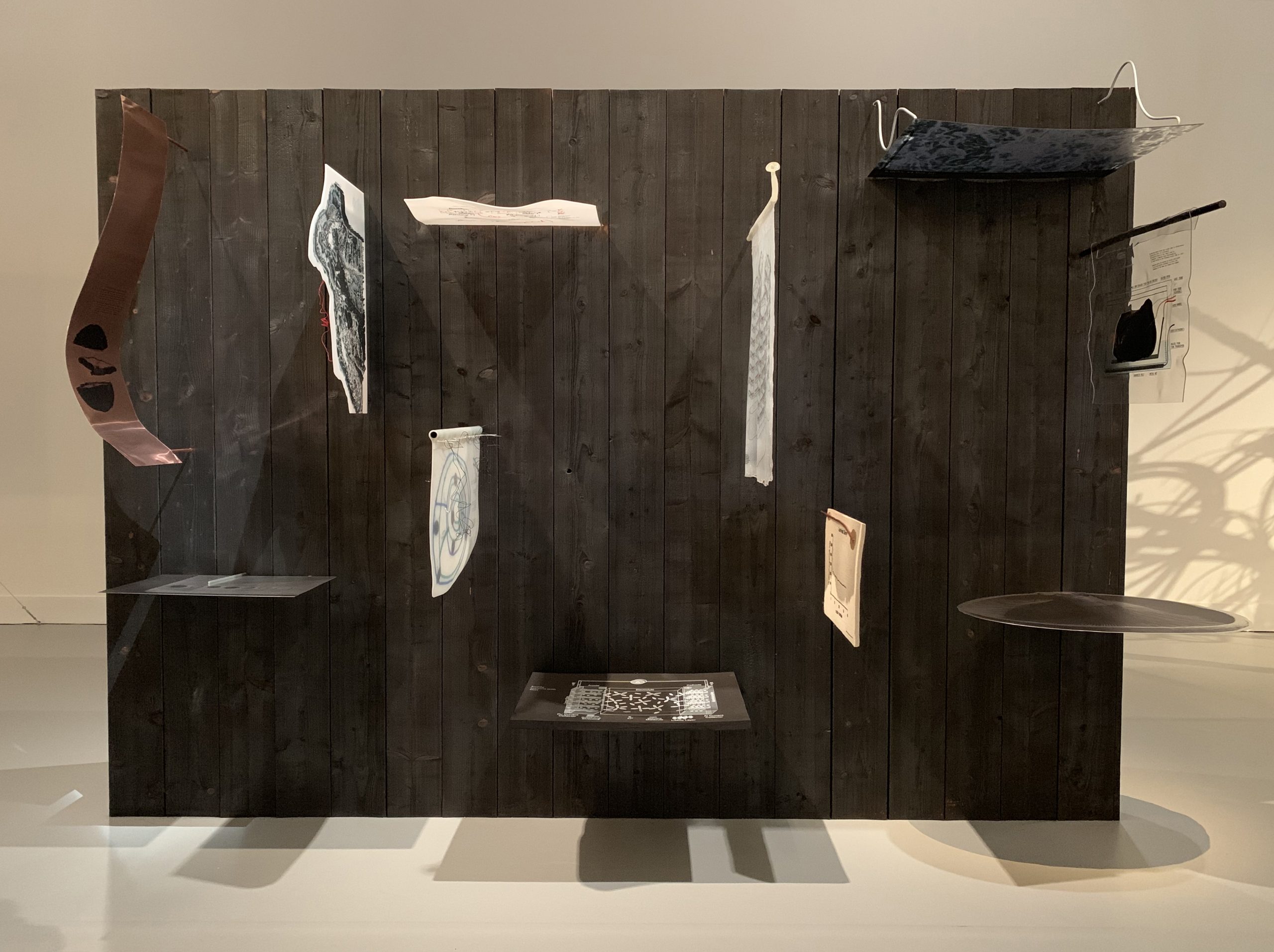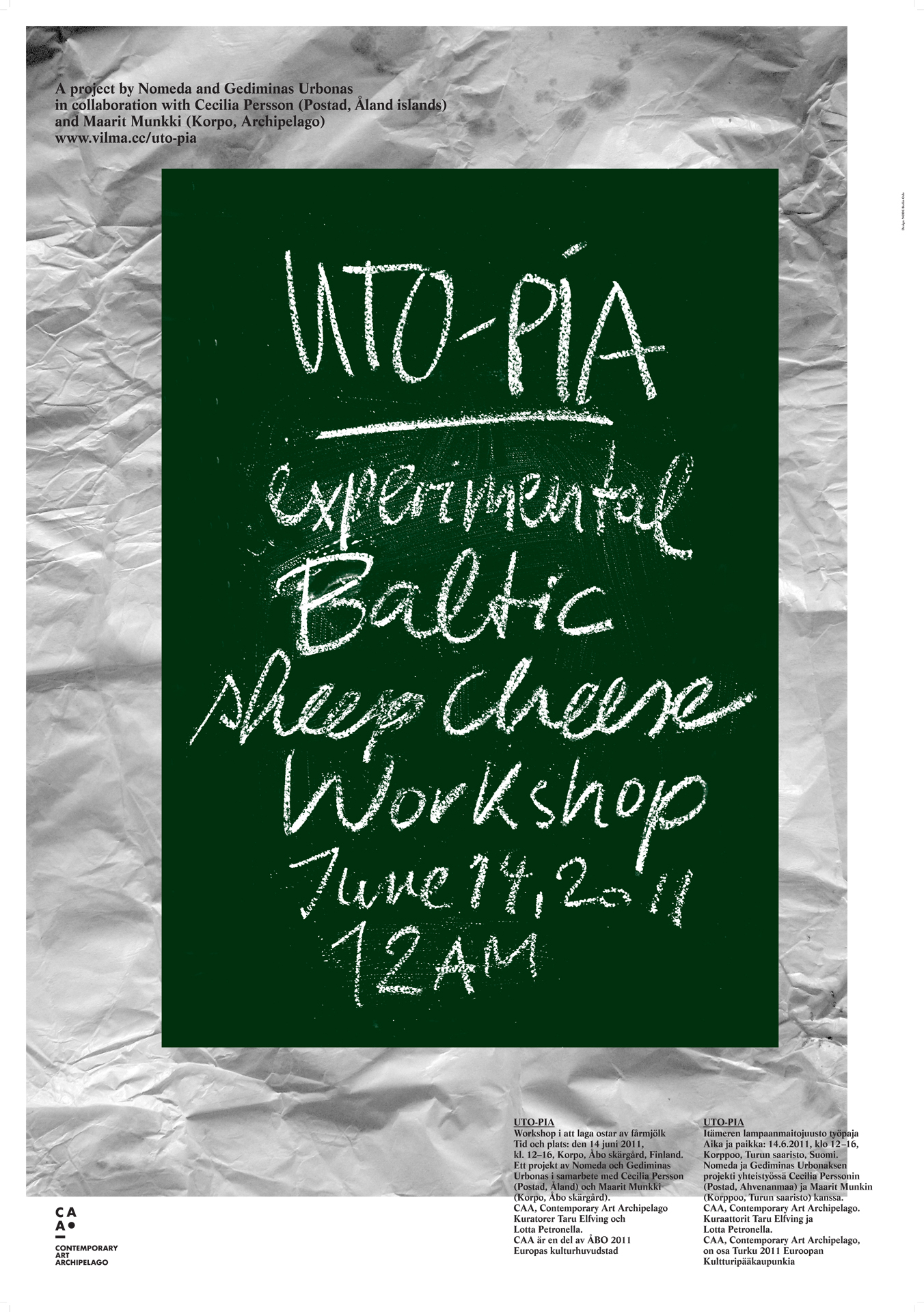Press Release, October 2016
Earlier this month, a select group of international experts gathered at Iceland’s rainbow bridge—Ásbrú, the site of a recently decommissioned US Naval Air Base skirting Keflavik—to join local intelligence experts and historians in a special think-tank operation aiming to authenticate and decipher newly discovered documents from a clandestine and extraordinary research project carried out at the base during the height of the Cold War. The team of experts from the US, Canada, UK, Germany, France, Croatia and Lithuania included anthropologists, myceliologists, marine biologists, systems designers, information architects, bio-logicians, acoustic engineers, philosophers and communication specialists. The think-tank has concluded its preliminary investigations and Icelandic authorities have deemed a limited set of their materials declassified and open for public speculation.
Sources within the think-tank confirm that much of their work was aided by field-notes, report fragments and diagrams—written in many languages—recovered from the base some years ago by an anonymous Icelandic special intelligence officer. They revealed the presence of a communications bunker at the centre of a vast network of cable sensors running out into the North Atlantic and a hidden pipeway or ‘swim-tube’ linking the bunker to a series of open air tidal tanks which appear to have hosted experiments in human-algae symbiosis. According to members of the think-tank, there are still considerable gaps in the material due to a combination of file redaction and natural corrosion of the abandoned technology; and the principal investigators, moreover, are nowhere to be found. What’s more, even the best intact reports were hard to digest—one of the most intriguing of these, dated to 1971, contained four confounding diagrams or “visions” of interscalar and trans-systemic relationships supporting these experiments in interspecies exchange.
‘We’re having to do a lot of guesswork here, but it’s exciting stuff. At first we thought they were simply researching marine life or tracking Soviet submarines, but after taking a closer look at the site facilities, archival reports and recollections from former personnel stationed here, we discovered we had something altogether unexpected on our hands. They were developing some sort of bio-cybernetic feedback loops and new ecologies. But why here? We’ve only just scratched the surface of this world they were trying to create.’
Selected notes and diagrams from this special operation will be revealed to the public as part of the Future Fictions Summit, to be held in the specially tuned multi-media hall at Reykjavik’s Hafnarhús, 22 October, 2016 at 3 PM. This exclusive event is intended to be the first in a series of exposés and public discussions on the emerging ecologies and narratives surrounding Ásbrú. We will start with a lecture by sociologist Jennifer Gabrys, author of Program Earth: Environmental Sensing Technology and the Making of a Computational Planet.
The exposé will be invigorated with biointerface by the researchers Eydis Mary Jonsdottir, algae geographer, and Hinrik Carl Ellertsson, metabolism engineer.
see details of the program here: https://www.facebook.com/events/1798445257069157/
Future Fictions Summit / 2016 / www.zooetics.net




